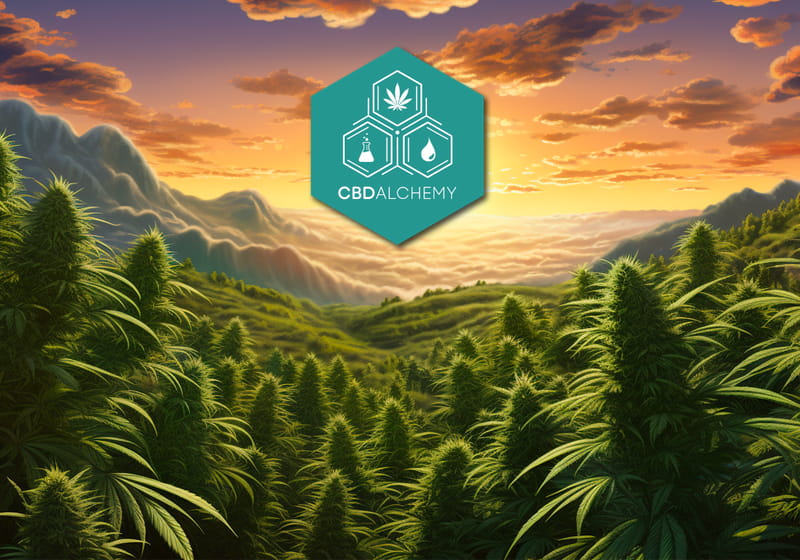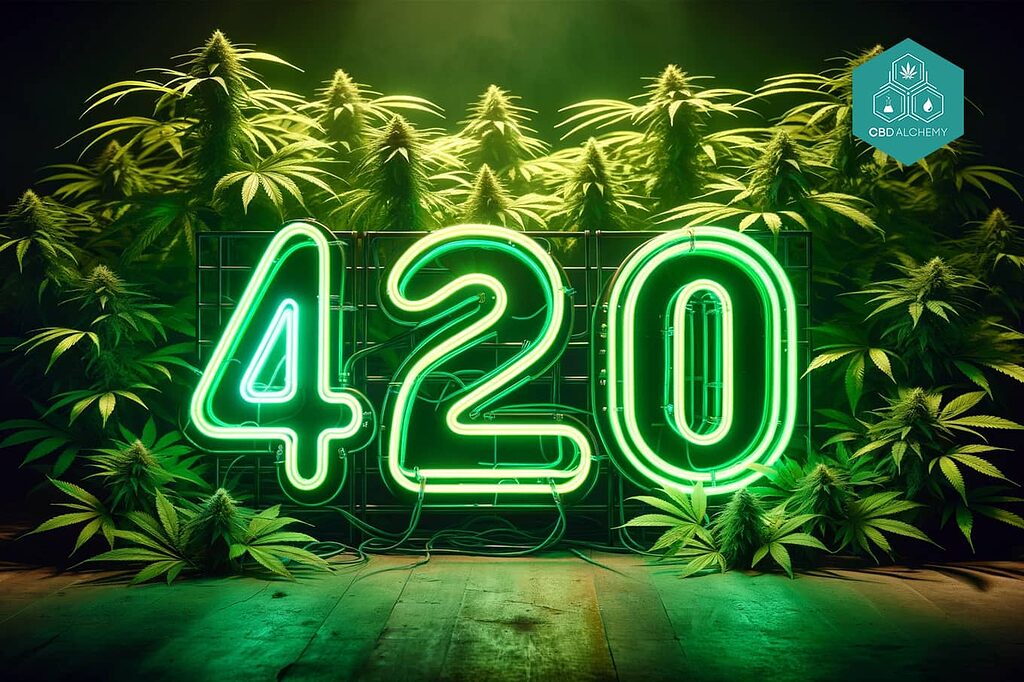
Introduction
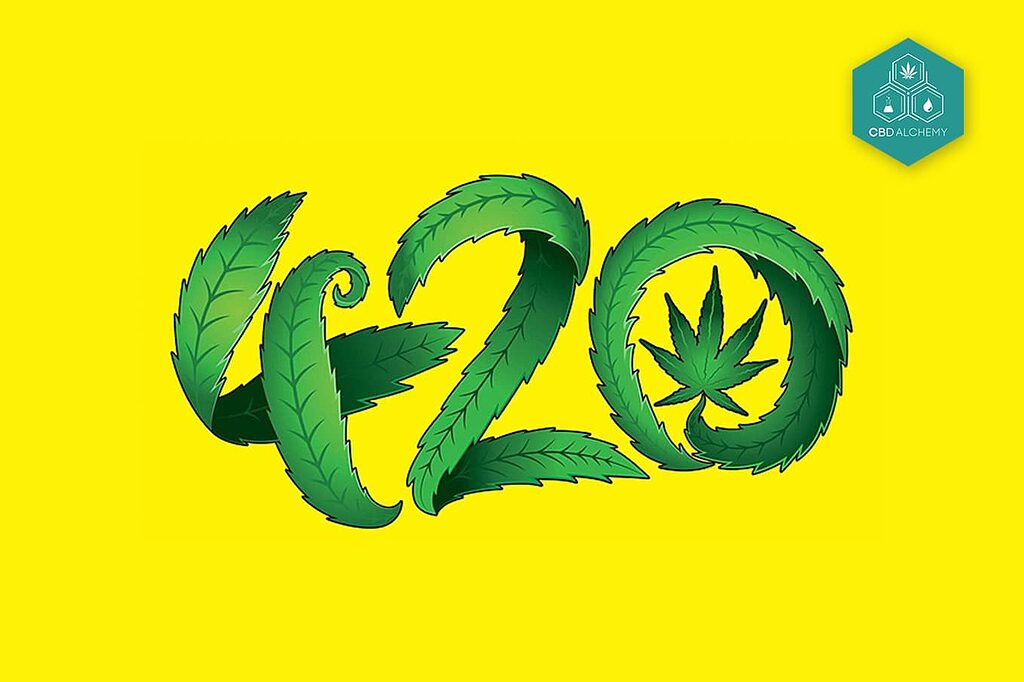
The mysterious number 420 holds a unique place in popular culture. More than just a random set of digits, it has become an internationally recognized symbol inextricably linked to marijuana.
But how did this seemingly ordinary number become a cornerstone of cannabis culture? Let’s explore the fascinating history, worldwide celebrations and deeper meaning of 420.
Cracking the code: What does 420 mean?

In cannabis circles, 420 serves as a universal code for marijuana consumption, specifically for the act of smoking it at 4:20 in the afternoon. However, its meaning goes far beyond the designated smoking time.
The term “420” embodies the broader cannabis counterculture, representing a sense of community and shared values among enthusiasts.
The origin story: How a group of teenagers sparked a worldwide phenomenon

Contrary to the many myths and urban legends surrounding its genesis (police codes, the number of chemical compounds in marijuana, even a connection to Hitler’s birthday), the true origins of 420 are surprisingly mundane. The story begins in 1971 in San Rafael, California, with a group of friends from San Rafael High School, known as “the Waldos.”
These friends, Steve Capper, Dave Reddix, Jeffrey Noel, Larry Schwartz and Mark Gravich, had a ritual of gathering by a statue of Louis Pasteur on their San Rafael high school campus every day at 4:20 p.m. to smoke marijuana. They chose this particular time because it coincided with the end of their after-school activities. “420” became their discreet code word for their smoking sessions.
In their adventure, the Waldos embarked on a search for a clandestine marijuana grow near Point Reyes, adding a layer of mystery and adventure to the history of the term. Despite rumors, the term 420 has no relation to California’s penal code, belying one of the most widespread myths about its origin.
This story, rooted in San Rafael High School, is not only a testament to youthful inventiveness but also marks the beginning of the spread of 420 as a symbol of cannabis culture in the United States, especially since its proximity to San Francisco, a core of the counterculture.
The Grateful Dead connection

In a fascinating twist of fate, the term “420” began its journey to mainstream recognition thanks to an unexpected connection. Dave Reddix’s brother got a job as a roadie for the legendary rock band Grateful Dead.
Known for their psychedelic sound and a fan base with a strong affinity for cannabis, the Grateful Dead became unwitting ambassadors for the term after hearing it from Reddix’s mouth.
High Times in the mainstream
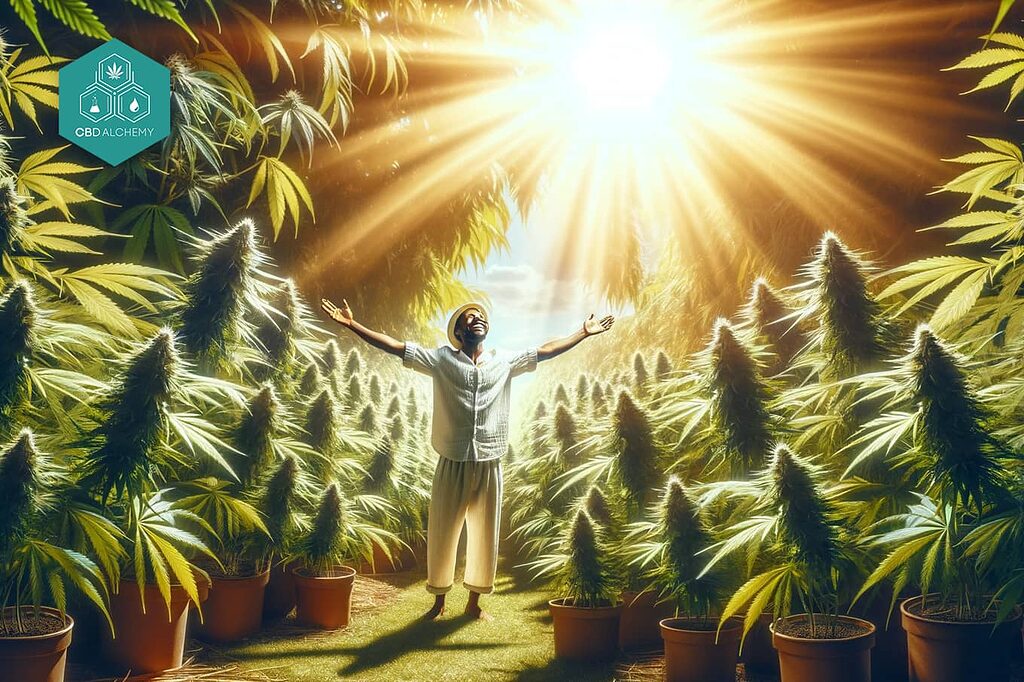
The term “420” might have remained a niche code within the Deadhead community were it not for a fateful encounter in 1990. A group of Oakland Deadheads distributed flyers inviting people to smoke “420” on April 20 at 4:20 PM.
One of these flyers ended up in the hands of Steve Bloom, a former reporter for High Times, a prominent cannabis culture magazine.
In 1991, High Times published the flyer and continued to reference the issue in subsequent issues. This propelled “420” into the general vocabulary of cannabis enthusiasts around the world. Bloom, who later became the editor of Celebstoner.com, acknowledges that the creators of the flyer essentially established April 20 as the annual stoner holiday for marijuana advocates.
april 20: A global celebration of cannabis culture
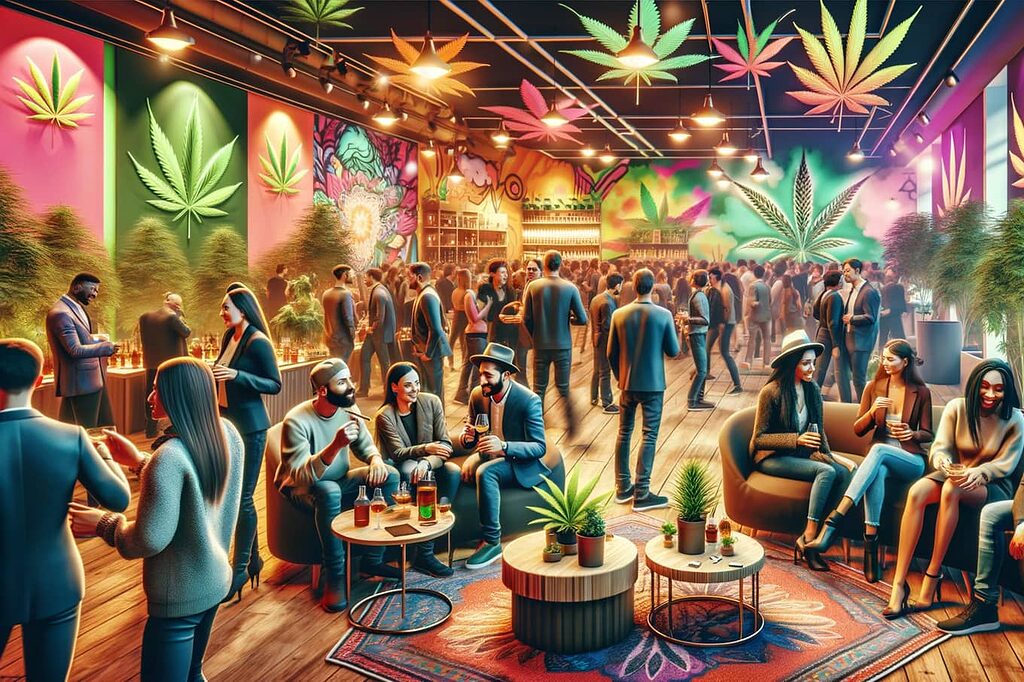
What started as a simple after-school tradition among a few friends morphed into 4/20, an international counterculture holiday. Cannabis enthusiasts around the world celebrate the day with rallies, festivals, concerts and informal gatherings.
While the celebrations are undeniably fun, they often carry a deeper message focused on advocating for marijuana legalization and reform.
420: From code word to cultural icon

The influence of 420 has transcended the boundaries of specialized cannabis communities. References to this number are now ubiquitous in popular culture.
Movies, TV shows, music and even everyday items frequently include 420, demonstrating its undeniable recognition and widespread appeal.
A symbol of debate: the 420 controversy

It is critical to recognize that 420 continues to be the subject of debate and controversy. Some express concern that it may glorify drug use, especially among a young and impressionable audience.
Others argue that it simply represents a harmless aspect of a burgeoning subculture and that more attention should be paid to the harms of restrictive drug policies.






